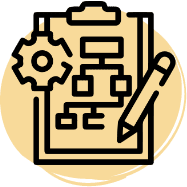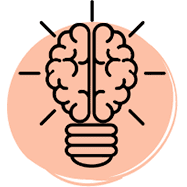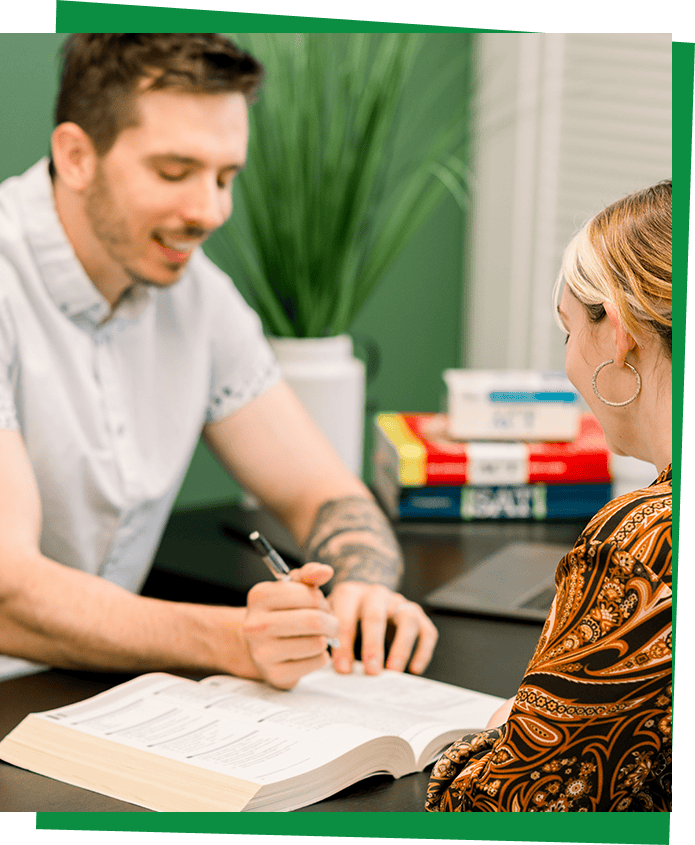Menu
With more than a decade of experience in helping students earn exceptional SAT results, we know what it takes to help your student achieve their Test Day goals.
Open Door students earn exceptional results because they learn clear and consistent strategies, they receive targeted practice that helps them to understand and overcome their challenges, and they have a reliable partner in both accountability and confidence to see them through to the finish line.
While the content on the SAT is predictable, each student follows a unique path to mastery. Your student will begin by learning the architecture and personality of the test, strategies for each section, and important patterns that improve both pacing and accuracy. As your student progresses, their tutor will provide individualized support that responds to their unique needs. Your student will see their hard work pay off as they periodically complete full-length practice tests to track their progress while their tutor consistently refines their tutoring to respond to your student’s specific needs and priorities.
By the time Test Day arrives, your student will have the knowledge, the experience, and the confidence to earn scores that they are proud to send to colleges.




Digital testing is here, and we’re excited to help your student be as prepared as possible for test day. We’ve developed a robust curriculum that provides students with the tools and resources to maximize the effectiveness of their preparation process. In addition to comprehensive guides to each section, students will have access to targeted practice problems as well as advanced challenge packets. We are also integrating digital tools into our curriculum to better support a data-informed approach to tutoring.
Open Door is excited to partner with Mathchops to provide students with a fun and dynamic approach to mastering the Math section of the SAT. Mathchops is an online math learning tool that helps students practice essential math skills while also providing data that empowers tutors to better understand a student’s challenges so that they can be even more effective in helping them prepare for test day. All Open Door SAT students receive a 3-month subscription to Mathchops as part of their study resources.
Open Door students preparing for the digital SAT will also receive access to Open Door’s online testing platform, ScoreSmart. This tool will allow students to take adaptive, online tests that will prepare them for the experience of the new SAT while also providing detailed score reports, an essential tool for Open Door tutors to identify and address a student’s challenges. Open Door SAT students will have access to 4 full-length practice tests.




The SAT is composed of two sections, each of which is split into two modules. The first two modules test Reading and Writing, and the last two modules test Math. The SAT is an adaptive test, meaning it adjusts in difficulty according to a student’s performance. If a student does well on the first module, then they will receive a more difficult second module. If they struggle on the first module, then they will receive an easier second module.
The first half of the Reading/Writing modules of the SAT test reading comprehension by presenting students with short passages on a range of topics, including prose fiction, social science, natural science poetry, and plays. The most important underlying skills being tested are the ability to recognize paraphrasing and to understand the structure of arguments, as most answer choices are summaries of or variations on what is already stated in the text. The second half of the Reading/Writing module tests grammar, punctuation, transitions, and argumentation. For these questions, students need to develop a strong understanding of the rules of punctuation, an ability to recognize grammatical structures, and an eye for efficiency. Each Reading/Writing module is 32 minutes long and contains 27 questions.
The Math section of the SAT is split into two modules that each increase in difficulty from beginning to end. The actual math content is not particularly advanced, consisting mostly of algebra concepts along with some pre-algebra, geometry, and basic statistics. For many students, the difficulty is in identifying the concept being tested and performing their operations correctly, as the SAT writes problems that set students up for common errors. Students can use an embedded Desmos calculator or their own graphing calculator on all questions, many of which reward students for recognizing how to use this resource effectively. There are several open-response questions that do not include multiple-choice answers. Each Math module is 35 minutes long and contains 22 questions.


I had a great experience with Open Door. My tutor and I worked together for weeks to worked together to solidify my SAT skills and complete practice questions. Overall, I learned a lot and it was very helpful for me to ultimately score significantly higher on my SAT.


I had a great experience with Open Door. My tutor and I worked together for weeks to worked together to solidify my SAT skills and complete practice questions. Overall, I learned a lot and it was very helpful for me to ultimately score significantly higher on my SAT.